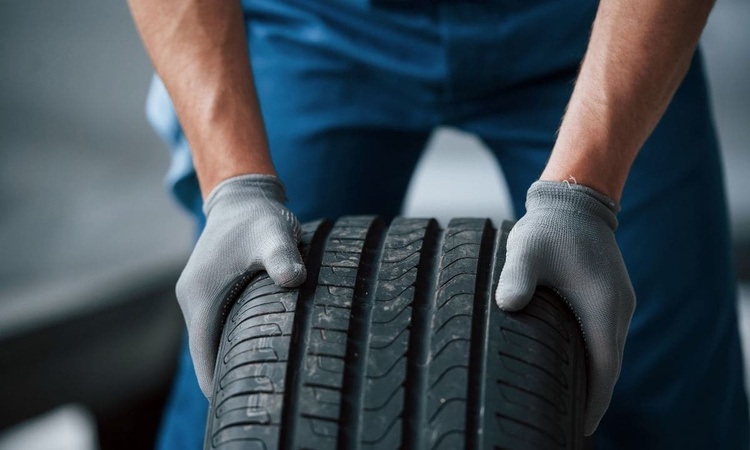Air Pump Basics: Use, Pressure, and Choosing a Compressor
An air pump is a simple device with many everyday uses, from inflating bicycle tires to powering pneumatic tools. Understanding how different pumps work, how to read and manage pressure correctly, and when to choose a compressor over a portable pump helps you keep equipment safe, efficient, and long-lasting. This article explains the core functions, safety considerations, and practical tips for routine inflation tasks, aiming to make the topic clear whether you’re a casual user or maintaining household gear.

What is an air pump?
An air pump moves air from one place to another, increasing pressure in a tire, tube, or inflatable object. Pumps range from small manual hand or foot models to electric units and larger stationary compressors. Key components include an inlet, a piston or diaphragm mechanism (or an electric motor for powered units), and an outlet with fittings. The right pump type depends on volume, required pressure, and portability. For example, a bicycle inner tube needs lower volume but higher pressure than an inflatable mattress.
How does inflation work?
Inflation is the process of forcing air into a confined space until it reaches a target pressure. As air is added, the internal pressure rises relative to atmospheric pressure. Proper inflation requires matching the pump’s output (flow and maximum pressure) to the object’s needs. Overinflation can damage materials or compromise safety, while underinflation can cause poor performance or premature wear. Use the manufacturer’s recommended pressure range as your guide and monitor pressure with an accurate gauge while inflating.
How to assess a tire for inflation needs
Inspecting a tire before inflation involves checking tread condition, sidewalls, and any embedded objects. Look for visible damage, uneven wear, or cracks that could indicate a structural problem. Clean the valve and ensure the core is seated and not leaking. Knowing the vehicle or tire manufacturer’s recommended pressure—often printed on a placard or in the owner’s manual—is essential. For bicycles, consider terrain and rider weight when choosing a pressure within the suggested range; for vehicles, follow the vehicle-specific tire pressure recommendations.
How to measure and manage pressure
Pressure is measured in psi (pounds per square inch) or bar; both are commonly shown on gauges. Use a calibrated gauge to get consistent readings—many pump-integrated gauges are convenient but occasionally less accurate than a dedicated handheld gauge. Measure pressure when the tire or object is cold (not recently driven or in direct sun) for vehicle tires. If pressure is low, inflate in short bursts and recheck frequently to avoid surpassing the recommended value. If pressure is high, release small amounts of air and re-measure.
When to use a compressor vs handheld pump
Choose a compressor when you need high volume, sustained pressure, or quick inflation of larger items. Compressors vary from compact portable models suitable for car tires to large workshop units for air tools. Handheld pumps (floor pumps, mini pumps, or foot pumps) are useful for portability and occasional use, like cycling or inflating sports balls. Consider noise, power source (battery, 12V, or mains), duty cycle, and the types of valves you’ll connect to. For local services, such as quick vehicle inflation, many gas stations and auto shops provide compressor access in your area.
Conclusion
Air pumps are versatile tools whose effectiveness depends on matching pump type to task, monitoring pressure accurately, and following safety and maintenance best practices. Regular inspections, using the correct fittings and gauges, and understanding the differences between portable pumps and compressors will help extend the life of tires and inflatables while maintaining safe operating conditions.





